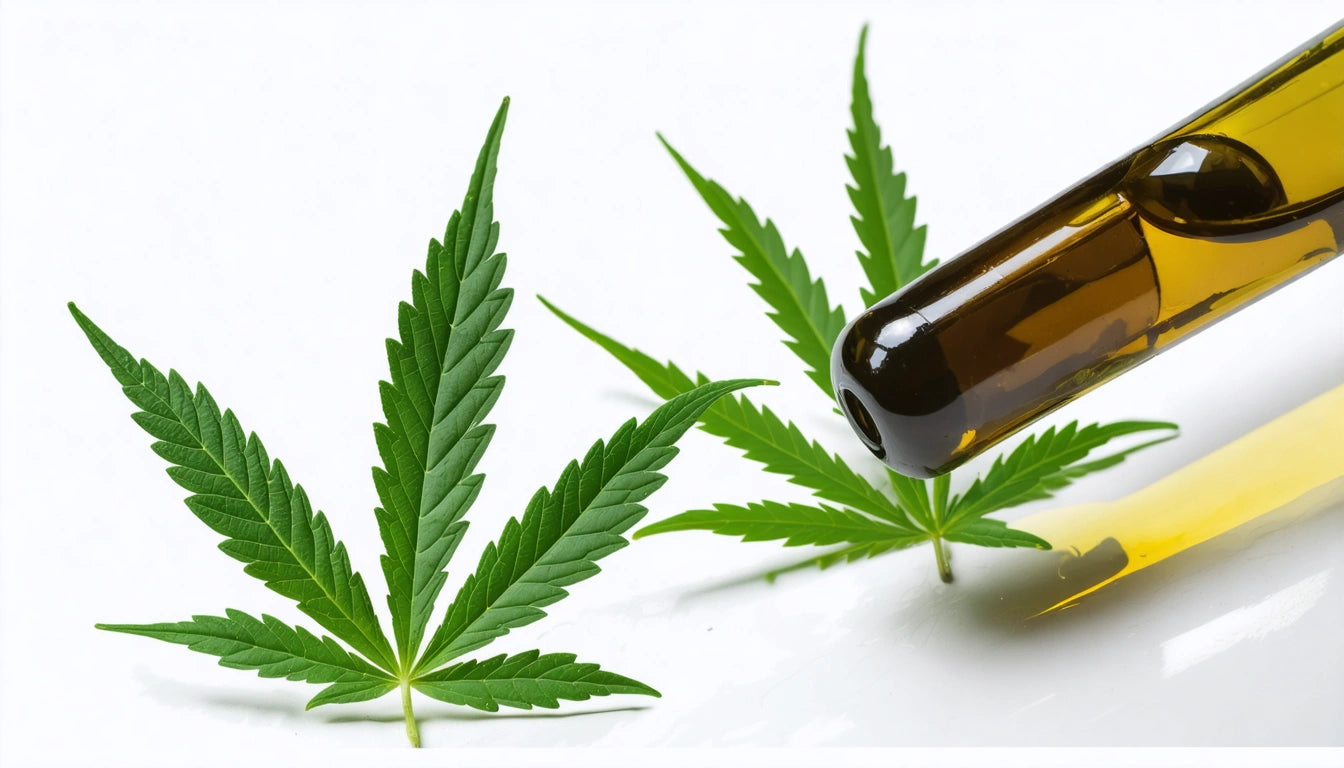Table of Contents
- Detection Window Basics: How Long Marijuana Stays in Urine
- Factors Affecting How Long Cannabis Shows in Urine Tests
- Detection Timeline Based on Usage Frequency
- Understanding Different Cannabis Testing Methods
- Strategies for Reducing Cannabis Detection Time
- Future Developments in Cannabis Testing Technology
How Long Is Marijuana Detectable in Urine Tests?
Understanding how long marijuana remains detectable in urine is crucial for consumers who may face drug testing for employment, legal, or medical purposes. Cannabis detection windows vary significantly based on multiple factors, making it important to understand the science behind these tests and what influences detection periods.
Detection Window Basics: How Long Marijuana Stays in Urine
Urine tests don't detect THC itself but rather look for THC-COOH, a metabolite produced when the liver processes THC. This metabolite is fat-soluble, meaning it can be stored in fat cells and released gradually over time, which is why cannabis can stay in urine long after the effects have worn off.
Standard detection windows for marijuana in urine tests typically fall within these ranges:
- Single use: 3-5 days
- Moderate use (2-4 times per week): 5-10 days
- Daily use: 10-30 days
- Heavy, chronic use: 30+ days (potentially up to 90 days)
These timeframes represent general guidelines, as individual factors can significantly alter how long marijuana is detected in urine tests.
Factors Affecting How Long Cannabis Shows in Urine Tests
1. Usage Patterns
The frequency, quantity, and duration of cannabis use play the most significant role in detection windows. Chronic users develop accumulated THC metabolites in their system, leading to longer detection periods compared to occasional users.
2. Body Composition
Since THC metabolites are stored in fat cells, individuals with higher body fat percentages may retain these compounds longer. This is one reason why how long weed stays in your system can vary significantly between individuals.
3. Metabolism Rate
A faster metabolism generally processes and eliminates THC metabolites more quickly. Factors affecting metabolism include age, physical activity level, and overall health.
4. Potency of Cannabis
Higher THC content leads to more metabolites being produced and potentially longer detection periods. Products stored in quality cannabis storage containers like mylar bags maintain their potency longer, which can affect the strength of the consumed product.
Detection Timeline Based on Usage Frequency
Understanding how long marijuana is detectable based on usage patterns can help consumers make informed decisions:
| User Type | Usage Pattern | Estimated Detection Window |
|---|---|---|
| First-time user | Single use | Up to 3 days |
| Occasional user | Once per week or less | 3-7 days |
| Moderate user | 2-4 times per week | 7-14 days |
| Daily user | Once daily | 10-30 days |
| Heavy user | Multiple times daily | 30-90 days |
These timeframes represent averages, and individual results may vary based on the factors previously discussed.
Understanding Different Cannabis Testing Methods
While this article focuses on urine testing, it's worth noting that different testing methods have varying detection windows:
- Urine tests: Most common, detecting use from several days to weeks
- Blood tests: Shorter window, typically 1-2 days for occasional users
- Saliva tests: Usually detect use within 24-72 hours
- Hair tests: Longest detection window, up to 90 days
Urine tests remain the most common due to their balance of cost-effectiveness and reasonable detection window. Understanding urine drug testing duration can help consumers prepare for potential testing situations.
Strategies for Reducing Cannabis Detection Time
While no method guarantees faster elimination of THC metabolites, certain approaches may support the body's natural detoxification process:
1. Hydration
Drinking plenty of water helps with general detoxification but won't dramatically shorten detection times. Extreme water consumption right before a test may result in a diluted sample, which labs often flag as suspicious.
2. Exercise
Regular exercise may help burn fat cells where THC metabolites are stored. However, exercise should be avoided right before a test as it can temporarily increase THC levels in the bloodstream as fat cells release stored metabolites.
3. Dietary Adjustments
A diet high in fiber can help increase bowel movements and the elimination of some toxins. Foods rich in antioxidants may support the body's natural detoxification systems.
It's important to note that detox products making claims about rapidly clearing cannabis from your system have limited scientific evidence supporting their effectiveness.
Future Developments in Cannabis Testing Technology
As cannabis legalization expands, testing technologies continue to evolve. Newer approaches focus on determining current impairment rather than past use, which would be more relevant for workplace safety and roadside testing.
Some emerging technologies include:
- Breath testing devices that detect recent use (within hours)
- Cognitive impairment testing that measures actual functional impairment
- More sensitive tests that can distinguish between active THC and inactive metabolites
Until these technologies become widespread, understanding how long weed stays detectable in urine remains important for cannabis consumers who may face testing.
The science of cannabis testing continues to evolve alongside changing legal landscapes. As research advances, we may see more nuanced approaches to testing that better balance safety concerns with recognition of legal cannabis use.











Leave a comment
All comments are moderated before being published.
This site is protected by hCaptcha and the hCaptcha Privacy Policy and Terms of Service apply.